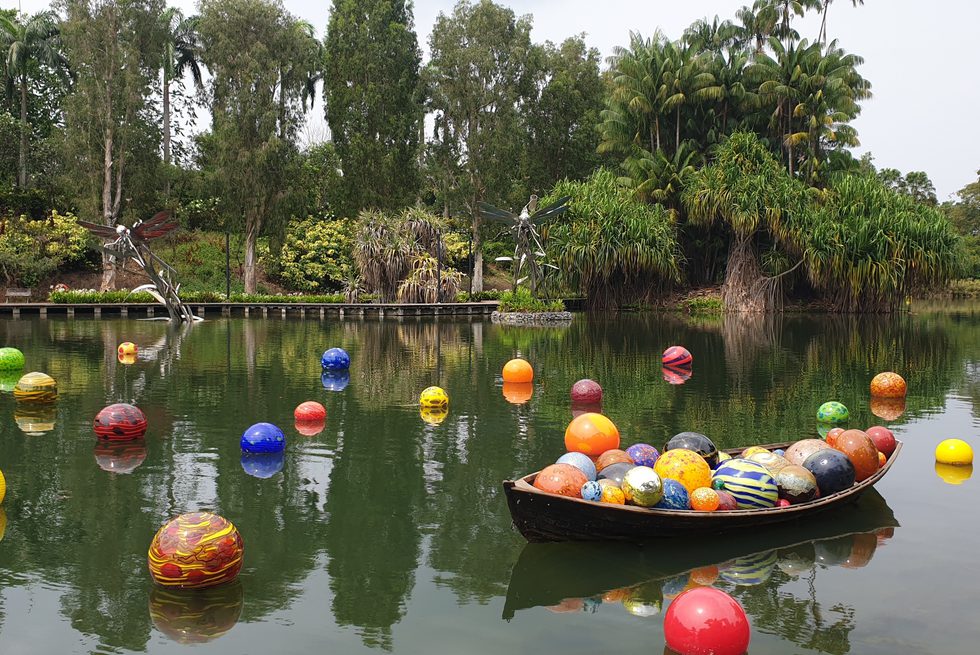
The pandemic brought an unsettling fog of silence down on field-dependent research along the littoral fringes of the northern Indian Ocean. It caused severely restricted mobility; stranding researchers and communities, each in their own place. As social scientists, we were curious: how was this region—already facing marine degradation and mass migrations due to climate change “supercharging” extreme events—coping under the strict “lockdown” imposed by the various governments of the region? Adapting to “immobile” research practices, we asked ourselves: what is made visible when we acknowledge research as an extended collaboration between asymmetrically connected and positioned actors?
This series curates essays from isolated scholars and social activists who, with the onset of the pandemic, started asking ethnographic questions. They did so centering their relations with the field, while reaching out to other scholars and activists, and serendipitously gravitating towards partnerships in the process. Together with scholars Rapti Siriwardane-de Zoysa and Alin Kadfak, we (Aarthi Sridhar and Annu Jalais) too had created a “pandemic partnership” when we responded to a Social Science Research Council (SSRC) call for proposals. Our partnership was to give shape to an ambitious idea—the creation of a transboundary social science “collaboratory” in the Indian Ocean (see more about the process in Aarthi Sridhar’s essay in this series). The curation of present series is an outcome of this partnership. In each of these co-produced essays, we find an opportunity to extend what counts as “ethnography,” while exploring the northern Indian Ocean’s diverse binaries of inequality, including urban-rural, masculine-feminine, and island-mainland divides. The essays traverse these uneven digital topographies to spotlight the gendered, surveilled, and overlooked experiences of online communication. Together, they push the theoretical boundaries of what constitutes “knowledge” and “technique” when conducting (dis)connected and collaboratory ethnographic research.
A collaboratory, William Wulf explained in the late 1980s (perhaps imagining the possibilities of the internet) is a “center without walls, in which the nation’s researchers can perform their research without regard to physical location, interacting with colleagues, accessing instrumentation, sharing data and computational resources, [and] accessing information in digital libraries” (1989). A more inclusive definition, one provided by Cogburn, highlights how “a collaboratory is more than an elaborate collection of information and communications technologies; it is a new networked organizational form that also includes social processes; collaboration techniques; formal and informal communication; and agreement on norms, principles, values, and rules” (2003, 86). An inspiring recent example of a collaboratory is Feral Atlas (Tsing et al. 2021). This informative transdisciplinary catalog of imperial and industrial ruin is also a collaboratory of many scholars and artists who present diverse ways to recognize and respond to contemporary environmental challenges. Working under lockdown, our collaborations (involving 26 authors in this series) have been similar creative processes of conversation, co-thinking, co-designing, and co-writing about our field sites: the islands, coasts, and maritime world of the ocean rim where we longed to be. They have also been ones where we transcended not just regional and national borders, but also disciplinary and professional differences. These are the stories of our 2020-2021 pandemic collaboratory.
References
Beaumont, Peter, and Graham Readfearn. 2019. "Global Heating Supercharging Indian Ocean Climate System." The Guardian, November 19.
Cogburn, Derrick L. 2003. “HCI in the so-called developing world: what's in it for everyone.” Interactions 10, no. 2: 80–87.
Tsing, Anna L., Jennifer Deger, Alder Keleman Saxena, and Feifei Zhou. 2021. Feral Atlas: The More-Than-Human Anthropocene. Redwood City, CA: Stanford University Press.
Wulf, William, A. 1989. “The National Collaboratory – A White Paper” In Towards a National Collaboratory: Report of an Invitational Workshop at the Rockefeller University, March 17–18 (Appendix A), edited by Joshua Lederberg and Keith Uncaphar. Washington, D.C.: National Science Foundation, Directorate for Computer and Information Science Engineering.
Posts in This Series
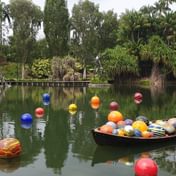
Introduction: A Collaboratory of Indian Ocean Ethnographies
In the thick of pandemic immobility, a few scholars working on environmental justice with coastal communities in the northern Indian Ocean and locked down in di... More

Writing Proposals and Dreaming Fieldwork during Lockdown
“There’s a rumor that we’re headed for a big lockdown” my colleague called from Dakshin Foundation’s field station in coastal Ganjam, Odisha, days before its of... More

Opto-haptic Fieldwork Encounters in Pandemic Southeast Asia
Much has been written on the promises and paradoxes of mobility and “being there” and on the necessity of warm-hearted intimacies that enrich the community-base... More
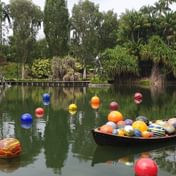
Remote to Connected Ethnography: Reflections from the Indian Ocean’s Lakshadweep Islands
This article is a reflexive account on conducting, as well as not being able to conduct, the ethnography of an archipelago during the first year and a half of t... More
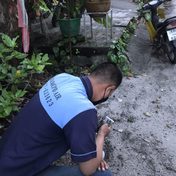
Looking for Clues: COVID-19 and “Facebook Fieldwork” with Cross-Border Burmese Migrants
On my way to the airport, leaving Ranong, the Thai-Myanmar border city, after my fieldwork was cut short by two weeks, due to the pandemic, I texted my new re... More

From Records to Lively Communities: Seeing Virtual Southeast Asian Urban Farming Groups in a New Light
Analysis of social media has recently become a common method in food studies.1 For my research on alternative food movements in Southeast Asia, I analyze Instag... More

Building Online Bridges: Ethnography across “Partitioned” Nation-states during COVID-19
As a literary scholar, I have always been fascinated with ethnography as a research method. While literary research normally involves textual, linguistic and/or... More
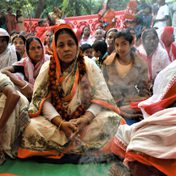
Remote or Unreachable? The Gender of Connectivity and the Challenges of Pandemic Fieldwork across the Bay of Bengal
Episode 1 – An interlocutor called us from one harisabha, a weekly ritual gathering, of the Matua community in Bangladesh. He let us speak to one of the women o... More

“Remote” Ethnography during a Pandemic: Frictions and Challenges in Translating Intimacies
I had just settled in Nepal when the pandemic hit. Apart from doing interviews with the help of Tanka, a Nepali journalist, I had been regularly going to Rohing... More
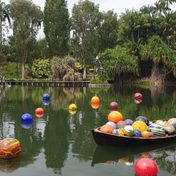
The Limits and Possibilities of Virtual Ethnography in Bangladesh during COVID-19
Every year on November 7, thousands of men and women gather at Harinkhola village in Polder 22 of Paikgacha, Khulna, in southwestern Bangladesh, to commemorate ... More
Of Islands, Getting Stranded and Fishing for Interviews in Pandemic Times
The Lakshadweep Islands, India’s only coral atolls, barely have a land spread over thirty-two square kilometers and are home to about seventy thousand people. L... More

Fishing Nets and Social Networks of the Analog Kind
We watched as Kala sat on the floor in the portico of her house in the midday sun of Ganjam, Odisha, weaving fishing nets. The threads were tied to her big toe ... More
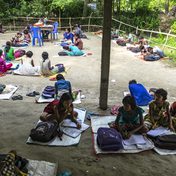
Truant Teachers, “Barefoot” Tutors, and the Breakdown of Schooling in Pandemic Affected Sundarban
We are three educators. Guru is Assistant Professor at the Sundarban Hazi Desarat College on the island of Pathankhali in South 24 Parganas in the state of West... More